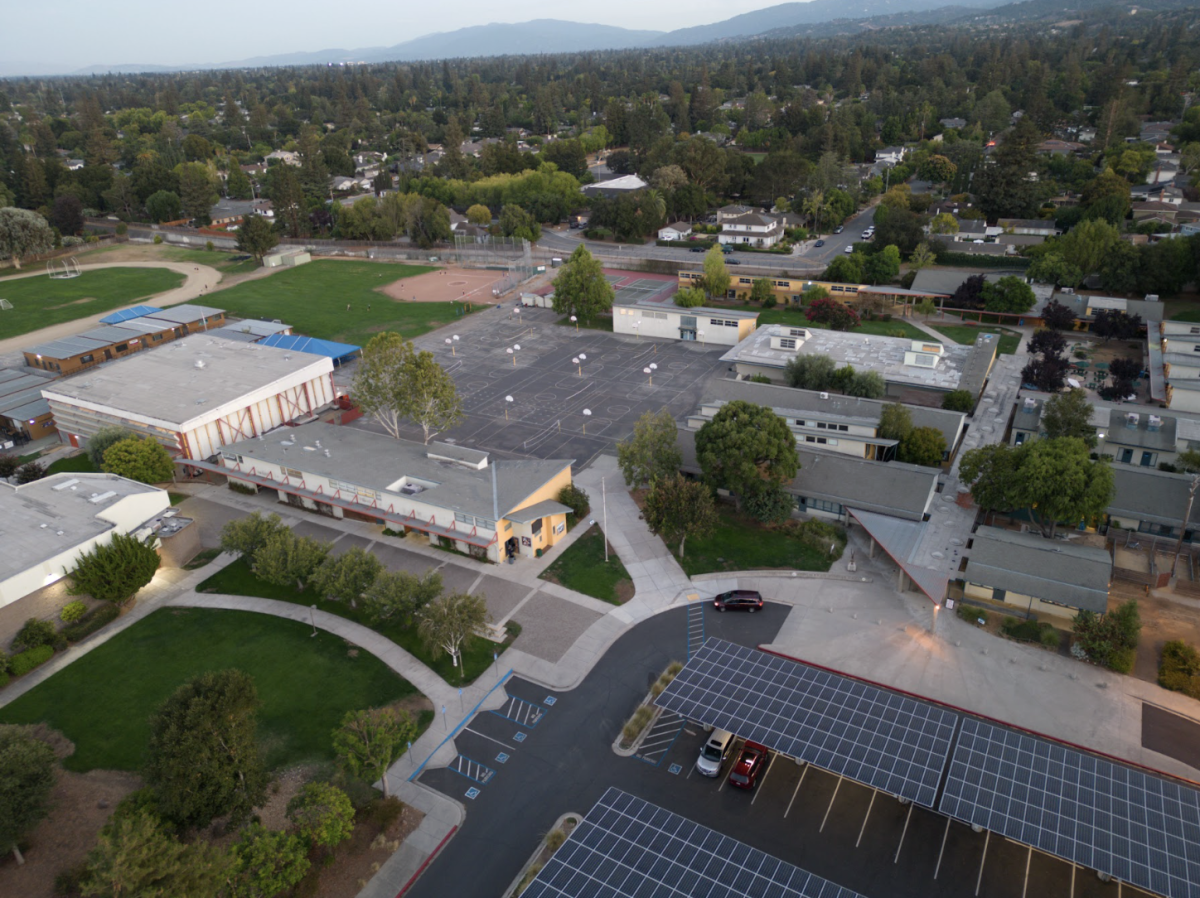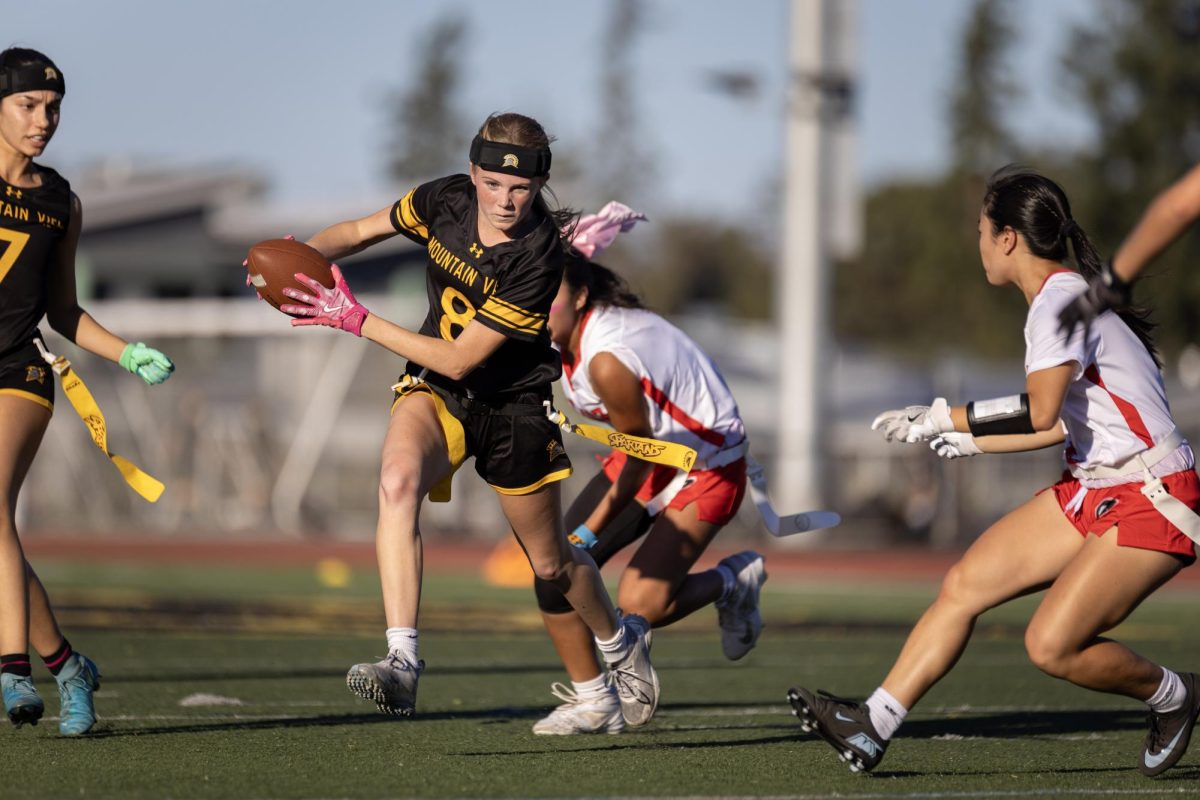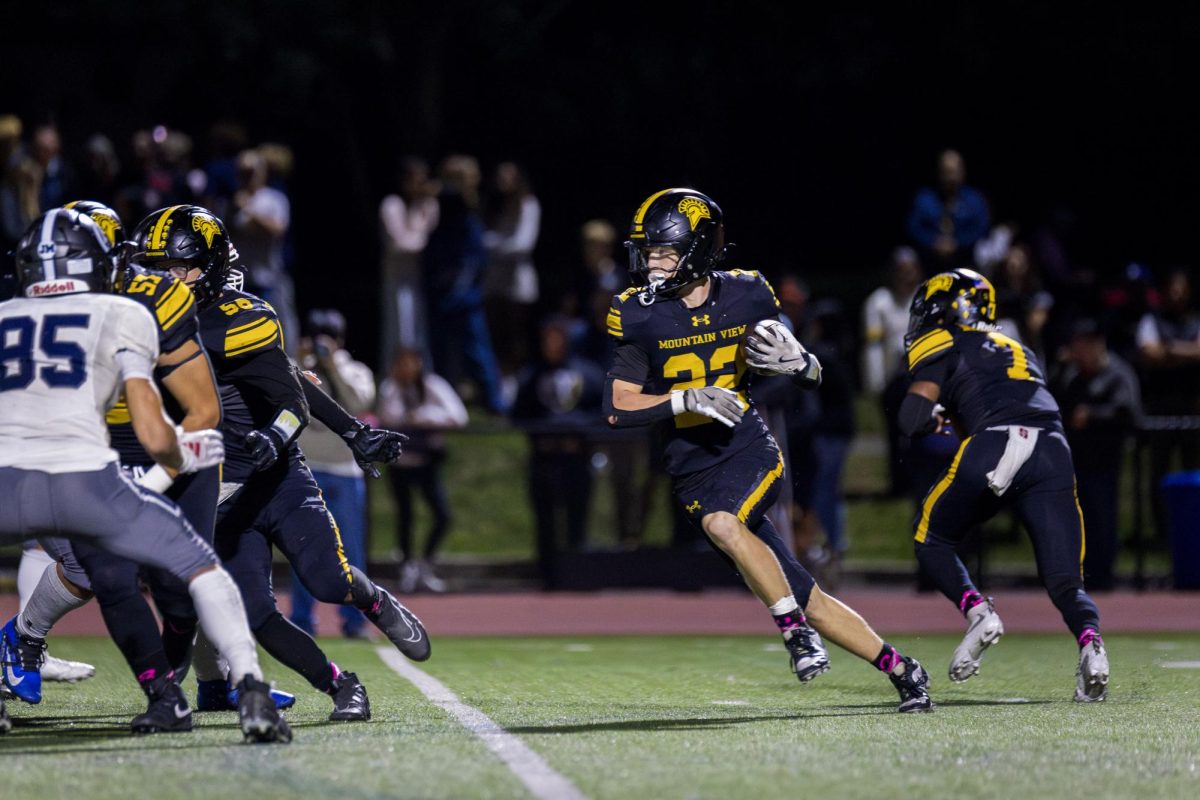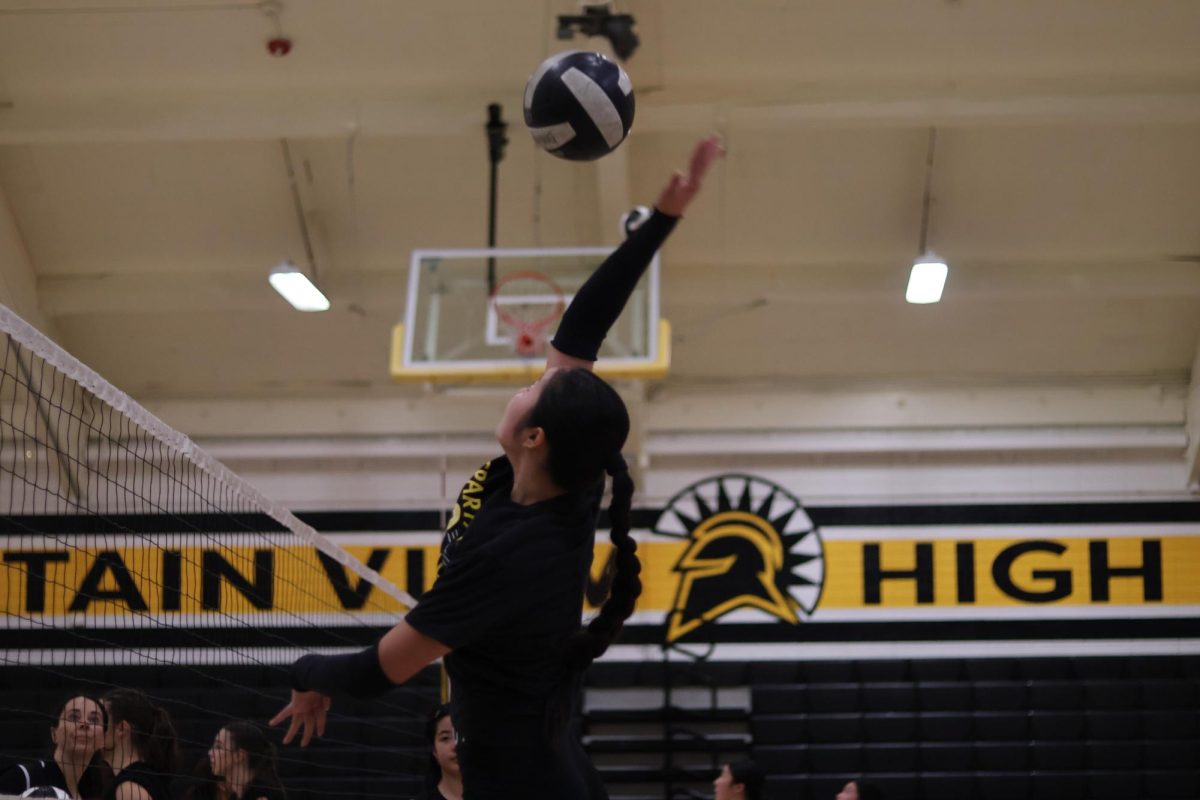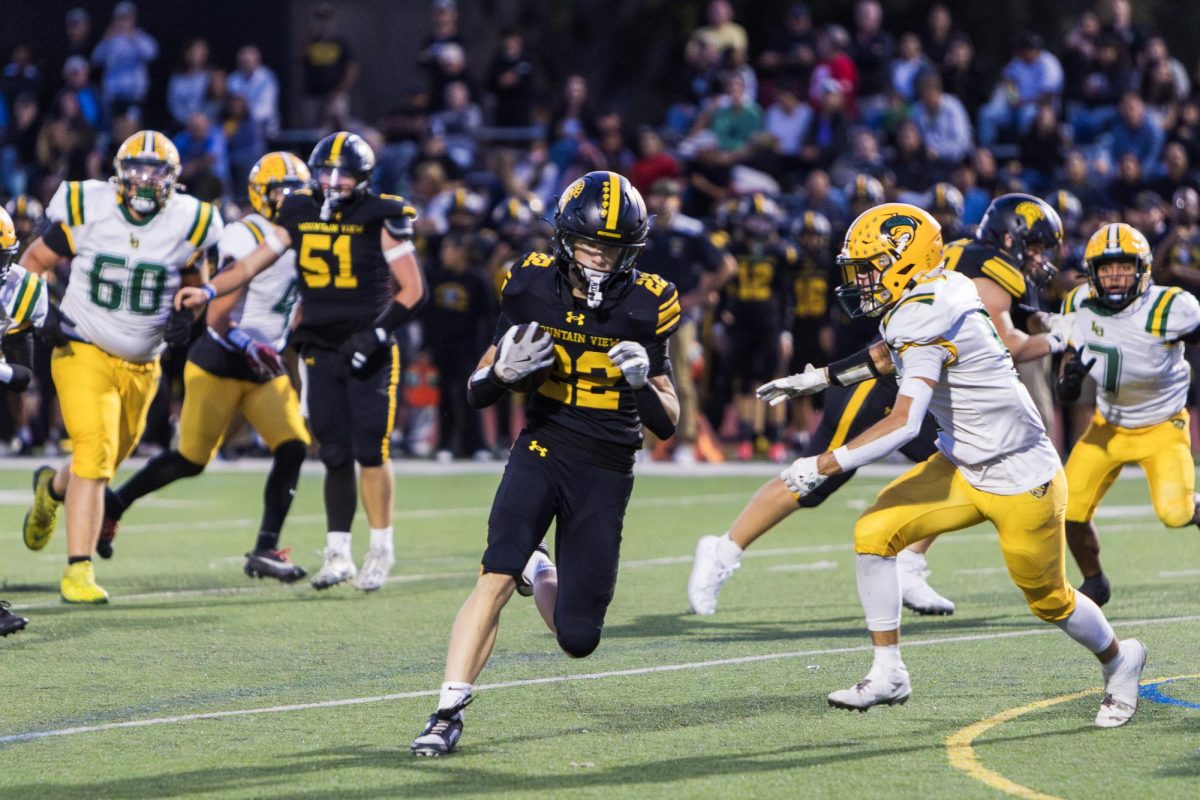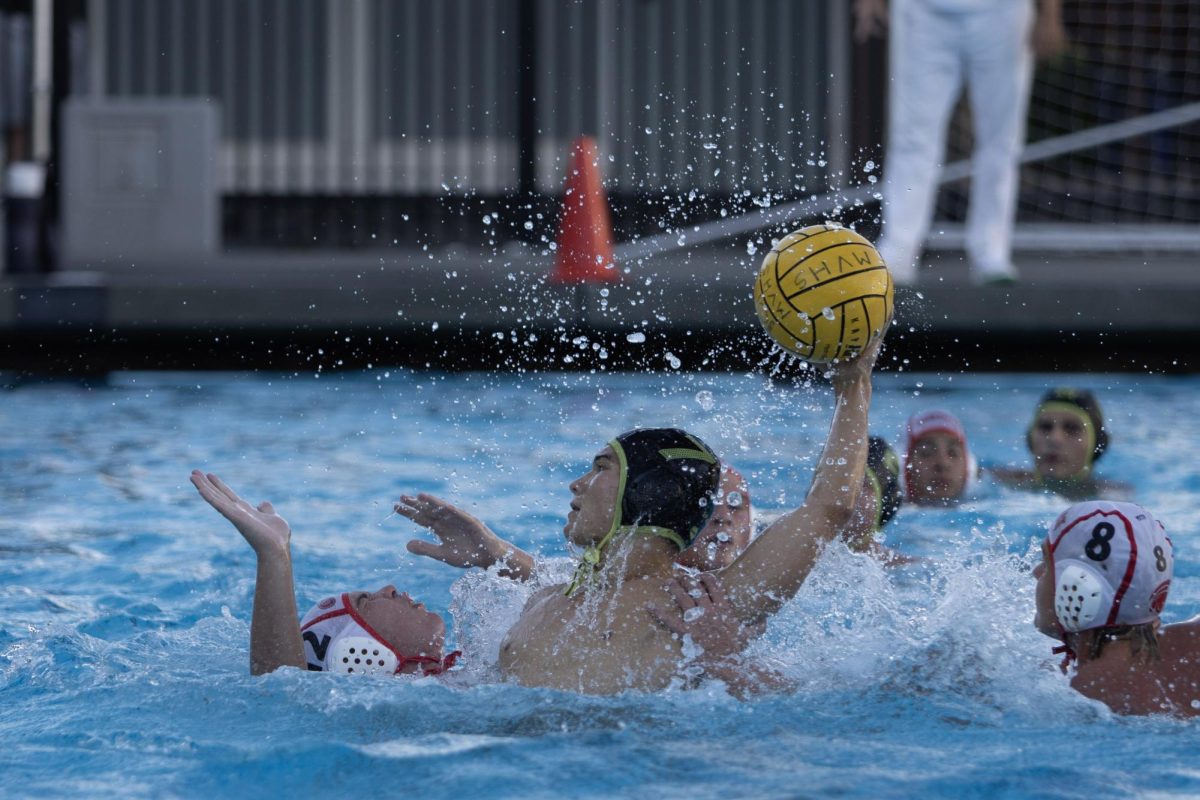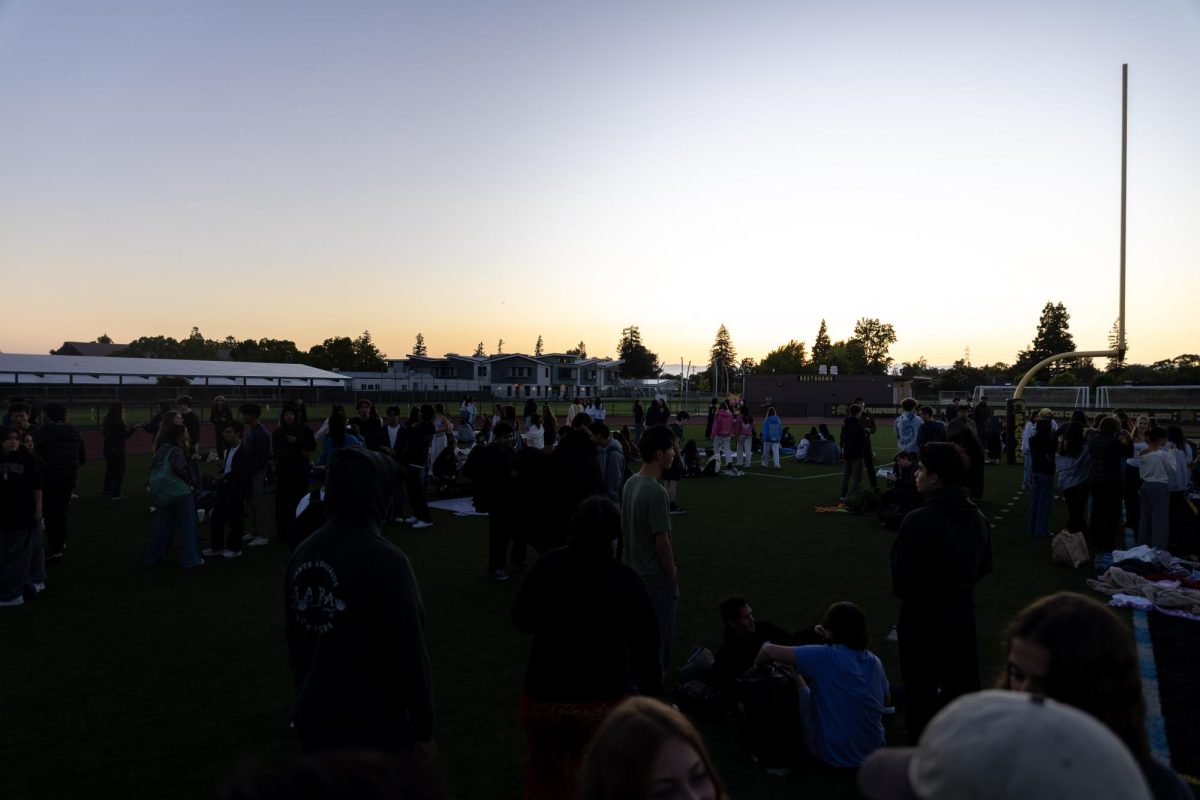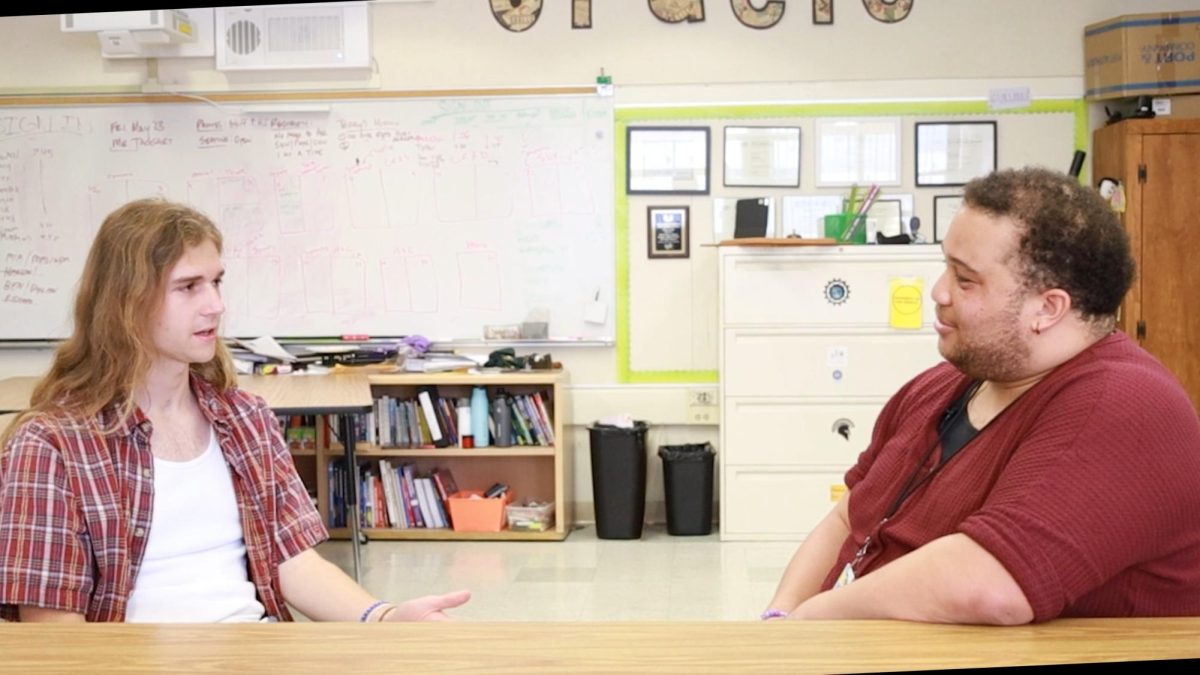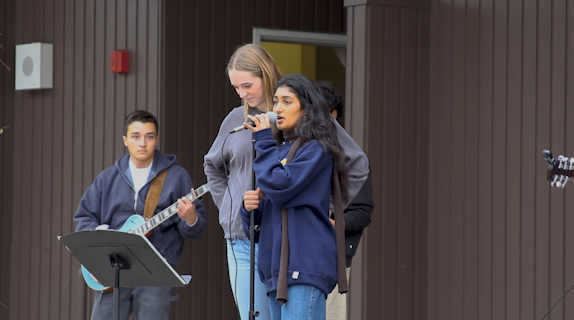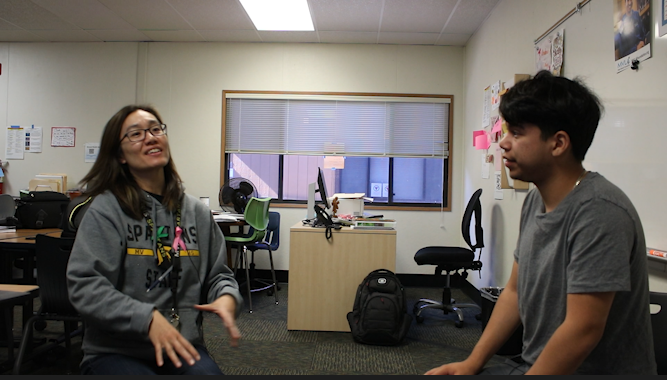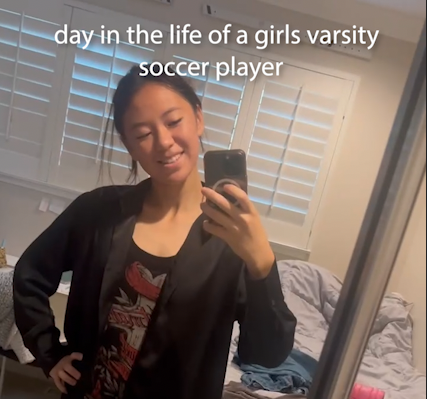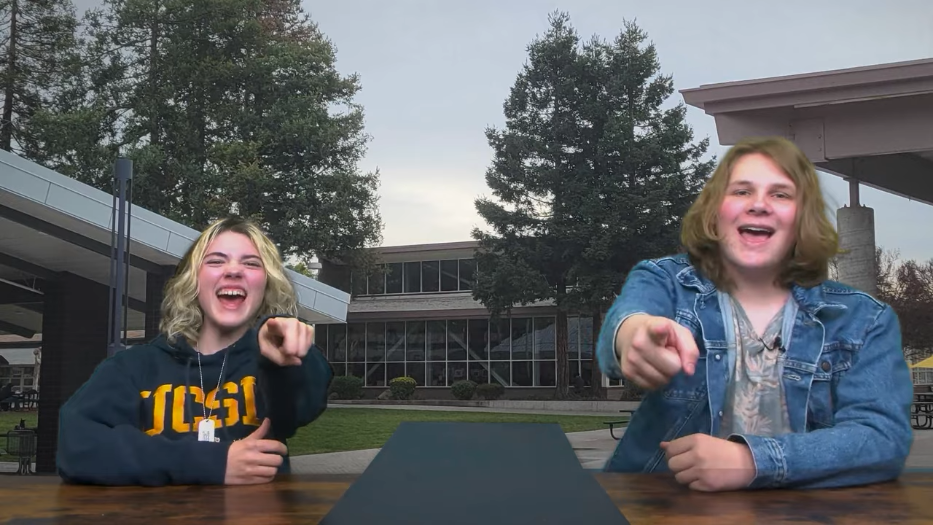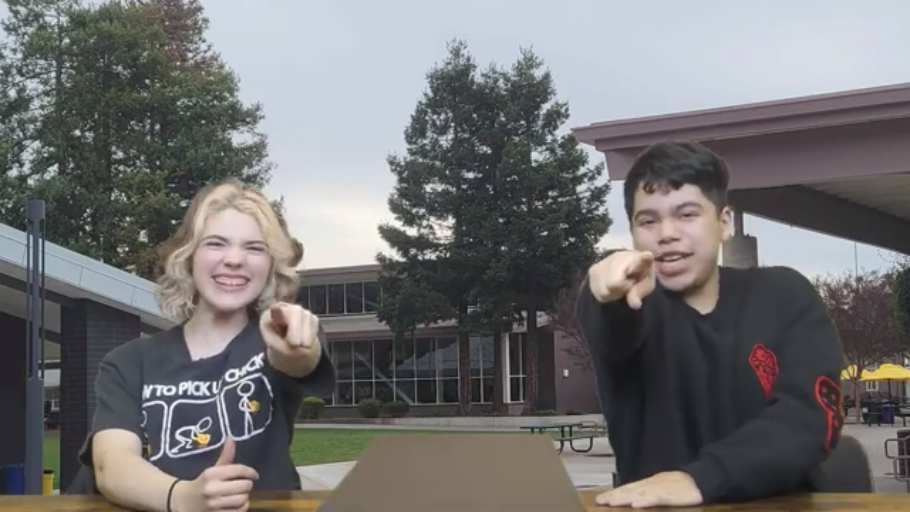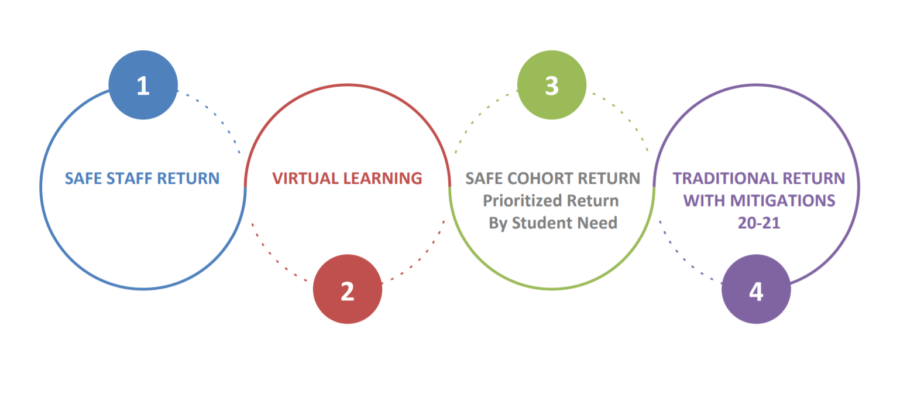School will be reopening virtually on Aug. 12, moving forward with new plans and supplying more tools for learning in the 2020-21 school year.
Teachers
Following feedback the district gathered when it first went online last quarter, teachers and district personnel worked through the summer to prepare for the upcoming school year.
With the threats posed by the ongoing COVID-19 pandemic, students will continue to attend school online until further notice.
The district’s reopening plan was developed throughout the summer and was heavily influenced by advisory groups composed of different staff members and students, according to Teri Faught, the district distance education administrator. The advisory groups provided input on topics such as student and teacher support, wellness, curriculum and instruction, and technology, among others.
“Having had the summer to unwind from the craziness that was the spring, but also to prepare more robust instruction delivery for this fall, was priceless,” said District Teachers’ Association President David Campbell.
Campbell also said that several teachers are taking the initiative to participate in webinars training themselves, some of which the district has offered to compensate them for. All of the teachers began their official district-sponsored training August 3 where they learned, and will learn how to use several education technologies, including Zoom, Nearpod, Read & Write for Google, Screencastify, Actively Learn, and Flipgrid. All teachers will also receive training in Canvas, the district’s new learning management system.
Campbell praised the district’s efforts to support teachers’ preparation for the upcoming school year.
“The district is very aware of the demands [on teachers],” Campbell said. “The wonderful thing is the district doesn’t see us as glorified babysitters.”
Moving forward, Campbell said that he would like to see the district further support teachers through providing resources such as online textbooks and the supplementary materials that accompany them.
Although the district was hoping to have teachers back in their classrooms, Governor Gavin Newsom recently requested that workers stay home if possible in light of the recent uptick in coronavirus cases.
“We’re weighing whether people should come into work or not come into work by what the health health departments are seeing,” Faught said. “I could perceive some staff, when ready and when safer, coming into class and doing some other sessions and work from the classroom.”
The district has listened to… feedback from teachers and has been very understanding of the fact that we’re parents and teachers
Working from home has provided a host of challenges to teachers, according to Campbell. Campbell said that many teachers have children attending schools in different districts with distance learning protocols that don’t match MVLA’s.
“Our teachers were oftentimes forced to choose between being a parent and being a teacher,” Campbell said. “I am definitely concerned for those teachers and want to make sure that they are able to safely educate their own children at home while simultaneously doing their job and being the excellent professionals that they are.”
According to Campbell, teachers are working toward solutions with the district.
“The district has listened to this feedback from teachers and has been very understanding of the fact that we’re parents and teachers,” Campbell said.
Returning to campus
Students will have a choice between Option A, MVLA teacher-led classes, and Option B, self-paced learning through a third-party education provider. Students who select Option A will return to campus as soon as it is deemed safe to do so, while students who select Option B will stay online for the entire school year, with the chance to switch to Option A after the first semester ends.

The district will be actively determining which students need support during distance learning, according to Faught, and will prioritize getting these students back on campus first.
“We have a pretty good data-informed idea of the classes and the cohorts of students that distance learning was most challenging for,” Faught said. “But we will be continuing to look at the data, doing surveys, and talking with our teacher populations to get the feedback that will hopefully confirm what we already know.”
According to Faught, the district will focus on first bringing back students in programs like English Language Development and Life Skills, as well as students who are struggling with distance learning.
“Ideally, we want everybody on campus,” Faught said. “But at the same time, we need to be looking at our populations for whom distance learning creates additional unintended consequences to learn and engage.”
In order to determine when it is safe for students to return, Faught said that the district is working closely with larger organizations, such as the CDC, as well as local hospitals and public health organizations.
“We need to rely on experts to give us the input and the data and the factors that are showing us the red flags, yellow flags and green flags to go back,” Faught said.
Unlike last quarter, when the district transitioned to distance learning in coordination with surrounding districts in Santa Clara County, the district will be making its decisions individually.
“We need to make sure that we’re doing what’s right for our students, our community, and our teachers, and not doing something just because a district next to us has decided to do something else,” Faught said.
Community building
According to Faught, one of the issues the district faced when it first went online was about community building, a concern carrying over to the next year.
“Several questions came up, like ‘How am I building community? How am I doing icebreakers and community builders in a distance learning setting?’ Faught said. “We listened to our teachers loud and clear, and we’re working to support them for next year.”
Campbell said he has the same worry.
“I will teach, and students will learn, and that’s not going to change,” Campbell said. “But how comfortable students are determines how much learning takes place. And we just need to make sure that we maintain that energy and that focus on building communities in our school.”
Ambassadors club adviser Lauren Camarillo said that her greatest concern for the upcoming school year was how students would be missing out on the social aspect of school, especially the incoming freshmen.
“Eventually, we’ll all be back on campus,” Camarillo said. “But that beginning of high school feeling is what I just know they’ll be missing out on and that’s where I want. I hope that Ambassadors can kind of fill in some of those gaps.”
One of the focuses of the Ambassadors Club is welcoming freshmen to the school. One of their biggest events, freshmen orientation, will be shorter and will take place on Zoom this year. But, according to Camarillo, the club doesn’t plan to let their duties go.
Eventually, we’ll all be back on campus. But that beginning of high school feeling is what I just know they’ll be missing out on
“Our goal is to make those 600 freshmen feel like they’re not just anonymous,” Camarillo said. “Since we’re all going to be at home, hopefully we can maintain the connection just by creating a space to chat or to check in, to provide not only friendship, but the academic and emotional support that we all need right now.”
According to Faught, the district will be training teachers in community building and will be promoting new instructional methods meant to help students form connections, such as allowing more small-group and collaborative work.
Camarillo said she thinks that interactive learning will be of great importance to students in the upcoming school year.
“So much of learning takes place interacting,” Camarillo said, “and I think if we just remove that from the equation, we are not giving our students a proper education.”
According to Faught, the district will be working with ASB, Ambassadors, and the Broadcasting program to promote student connectedness.
“We have to adapt all those pieces that helped create a communal feeling in-person to a distance setting,” Faught said. “Granted, there’s going to be some things that are not possible and some things that we’ve never done before, so it opens the door for some creative, innovative ideas as well.”
Access to technology
When the spring semester suddenly introduced an immediate need for the technological support, the IT department worked to “do the best they could while they were experiencing so much uncertainty” in the “whole new normal”, according to Bob Fistrom, director of the district IT department.
Priorities last semester focused on making communication easier for teachers and students, leading to the distribution of hotspots for Wi-Fi. Focus was also placed on helping teachers adapt to online learning and providing extra equipment or computers when possible.
To get more hotspots last year, the district paired up with T-Mobile and its EmpowerED program.
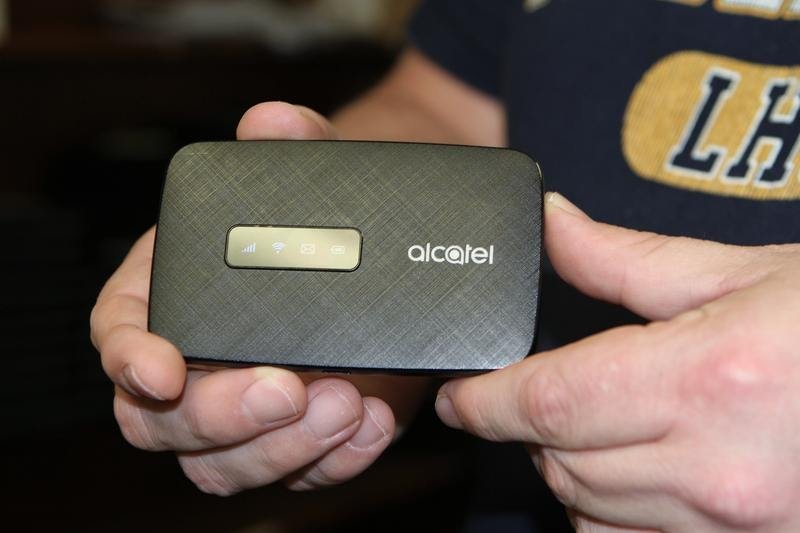
According to Fishtrom, a few problems proved uncontrollable, such as areas where T-Mobile’s hotspots could not function as well.
Since the fall semester is moving forward with returning virtually, these factors have been considered once again to fulfill better communication and resources requirements.
Partnership with the charity 1Million Project has been in works since the beginning of last year, and will begin providing support for the first time this year. Students who signed up for the program last year will be supplied with 10 gigabytes of data every month, a mobile device like a tablet or smartphone, and a hotspot for the duration of their high school years. In total, 105 hotspots have been provided from 1Million.
Also with the help of 1Million, the district is able to supply 190 computers to teachers.
The EmpowerED program will be staying with the district for a second year in its two-year contract. The district has 125 hotspots with T-Mobile.
“As a service department, we are focused on serving [the schools] as best as we can,” Fishtrom said.
Clubs
Clubs will have to start completely online for the upcoming school year. According to Faught, the district will be encouraging them to meet online during their regularly scheduled times with their faculty adviser present.
“We support various types of clubs getting together,” Faught said, “and support their trying to come up with community projects, or projects that you can do without having to be in person.”
The Robotics Club, one of the largest clubs on campus, had to shut down their operations just a week before a competition when school went online in March. Since then, the club has been finding ways to adapt to the new environment.
According to Robotics Lead Mentor Wyn Schuh, in-person meetings are very important to the Robotics team, but not only because students have to be there in-person to build the robot.
[We] support [clubs] trying to come up with community projects, or projects you can do without having to be in person
“Robotics is pretty social,” Schuh said. “When you spend those many hours with the same people, you get to be good friends. It becomes like hanging out.”
According to Outreach Captain Mira Shah, online meetings are more formal than in-person ones.
“There’s no chatting with people on the side,” Shah said. “It’s just, you do your work and you talk about your work.”
The club’s leadership has been organizing online activities in efforts to promote the bonding students would have in person. Mechanical Captain Ethan Stone, for example, replaced a soldering and crimping lesson with a Zoom call and a Kahoot game. Schuh said she is looking into virtual escape rooms for students to participate in together.
As the semester begins, the club’s members will be focusing their energy on student training, skill development, and competition match strategy. They will also be focusing on welcoming the dozen new members who joined.
“I don’t know that they’re all committed to staying at this point,” Shah said, “But that’s close to consistent with what we have in a normal year, which is something we’re proud of.”
The Speech and Debate program also had to adapt to an online environment last quarter. Adviser Julie Herman said that the mechanics of meetings transitioned well.
“It was obviously a jump to make, but not as different as we thought it might be,” Herman said.
However, the program’s leadership did have to work to keep students engaged online, according to Herman.
“I’m worried that students are going to turn to their own means of entertainment or turn to things that they can more directly control,” Herman said. “Or that they’re just going to be so exhausted with the state of things that they won’t show up.”
However, the program has made several efforts to continue bonding and traditions even in the online space. Over 100 students participated in the yearly banquet, according to Herman, and, for the first time, students are working to put together a yearbook for the program.
Despite its limitations, working in a distance environment has opened up more opportunities for both the Robotics club and the Speech and Debate program.
The Robotics club has had the chance to connect with other clubs and professionals across the globe for various learning opportunities.
“In a normal year, we host a conference that we call Spartan Series,” Shah said. “Usually it’s just teams from the Bay Area. But this year, we probably had people from all over the world join because we streamed it on YouTube.”
Herman said that, now that everybody is online, the Speech and Debate program has been able to call on its alumni base to support its current students during lessons. The program has also been able to revamp the summer camp that they’ve held in the past to an online format, teaching students in elementary and middle school about the basics of debate, and encouraging current students in the program to volunteer.
“There’s a strong community of students who are still around, and we are hoping that more students will decide that having this community is worthwhile,” Herman said.
Classes
Students have been provided with two choices of instructional methods for the upcoming school year, Option A or Option B. Option A is the default for each student.
“Option B is for students and families that are not able to return in person in whatever capacity this year,” Faught said. “We’re giving them a robust option that supports the classes that they need to take to graduate and succeed, but in an all online distance format.”
Teachers will hold 75 minutes of synchronous learning each week, and each student will have 300 instructional minutes per day. The schedule will be an alternating block schedule with Wednesdays reserved for staff meetings and professional development. For students, Wednesdays will effectively act like slate days.

“There has been an increase in demand for staff meetings and professional learning,” Faught said. “We added that time in on Wednesday to be able to support what it takes to implement a strong distance learning curriculum.”
Campbell said that he was in full support of the plan the district has for Wednesdays.
“We’re building the plane as we’re flying it,” Campbell said. “It’ll be nice to have at least a pause once in the week where we can actually do that.”
The district also announced in the June 27 MVLA Update newsletter that they will be implementing a new learning management system, Canvas, next year.
A LMS is a software that allows teachers to create, manage, and deliver courses online; Google Classroom fulfilled this purpose in past years, and can continue to be used by teachers who prefer it this year.
Benefits that Canvas provides includes a friendlier and easier interface for situations like grading or linking to an external website like turnitin. In both cases, Canvas keeps the user inside Canvas, skipping unnecessary parts like logging in.
“It’s all done seamlessly in one area. It’s a way to provide staff, students, and their families with a common experience. It also helps you to consolidate the educational technologies you’re using,” Fishtrom said.

This is contrary to Google Classroom, which Fishtrom described as “really powerful, but very specific to Google.”
“[Canvas] has lots of capabilities that go beyond what we’re currently able to do with Google,” Paige Price, English teacher and Canvas coach, said. “Canvas [has] bells and whistles that Google doesn’t have because it was built precisely for education rather than business.”
However, Price also described worry for students going through the change, especially while Classroom is still an available choice.
“I’m a little bit concerned about students coming back, having to learn a new system, and then toggle between two systems… students [will] have to figure out: these teachers are using Google, these teachers are using Canvas, where are my assignments? It’s hard enough as it is,” Price said.
According to the July 13 newsletter, “[the district] will be providing clear, detailed communication to students and families so they have the best possible Canvas experience.”

